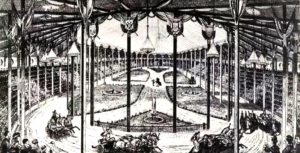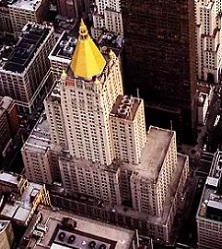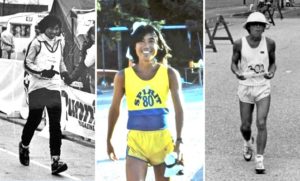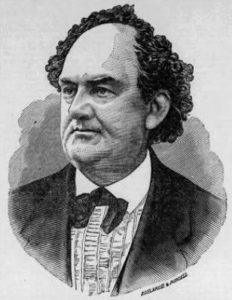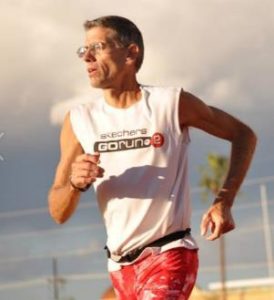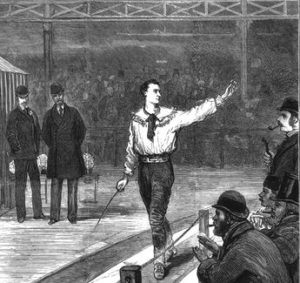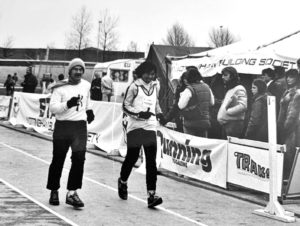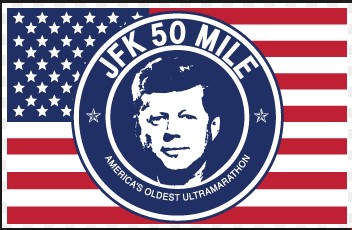Podcast: Play in new window | Download (Duration: 29:44 — 34.7MB)
Subscribe: Apple Podcasts | Spotify | Amazon Music | Android | Pandora | iHeartRadio | JioSaavn | Podcast Index | Email | TuneIn | RSS | More
By Davy Crockett
 The Across the Years race, established in 1983, is one of the oldest fixed-time races in the world that is still held annually. The race is always held at the end of the year, crossing over to the new year with a grand celebration. Through the years, it has attracted many of the greatest fixed-time ultrarunners in the world and still today is the premier and largest fixed-time race in America. Over its impressive history, about 2,500 runners have logged more than 500,000 miles at Across the Years. It all started in 1983, the brainchild of Harold Sieglaff, of Phoenix, Arizona. This episode is a tribute to Sieglaff and the other pioneer ultrarunners who were the first to run this famed ultra.
The Across the Years race, established in 1983, is one of the oldest fixed-time races in the world that is still held annually. The race is always held at the end of the year, crossing over to the new year with a grand celebration. Through the years, it has attracted many of the greatest fixed-time ultrarunners in the world and still today is the premier and largest fixed-time race in America. Over its impressive history, about 2,500 runners have logged more than 500,000 miles at Across the Years. It all started in 1983, the brainchild of Harold Sieglaff, of Phoenix, Arizona. This episode is a tribute to Sieglaff and the other pioneer ultrarunners who were the first to run this famed ultra.
| This history and the histories of eight other classic races are contained in my new book, Classic Ultramarathon Beginnings, available on Amazon. |


